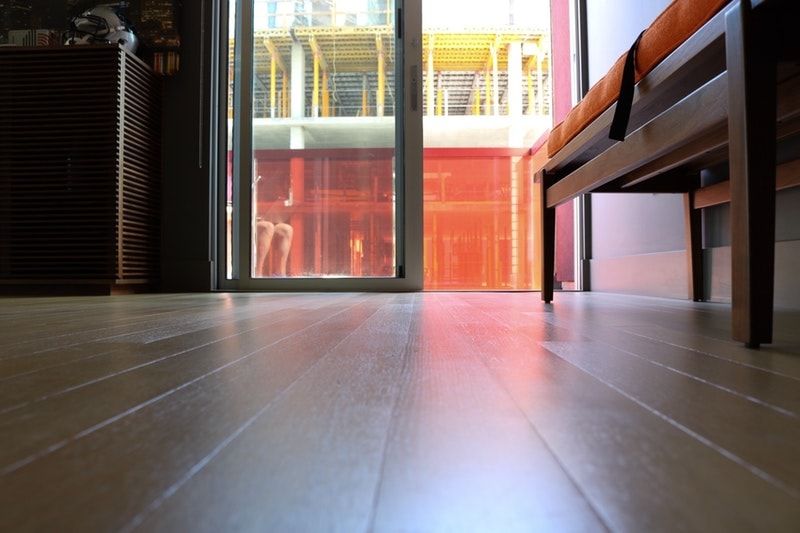Your floors contribute just as much as your walls and ceilings when it comes to the look of a room. That’s why it’s important that, like all other surfaces, the floors in your home look fresh and modern. Painting your floor might be the last thing to come to mind when you think about touching up your home, but it is a component of interior painting you should consider.
Before getting started, you’ll need to know the costs of having your floors painted, and how choosing to D.I.Y. or hire professional help can have an effect on how much you spend. This article will help you make some important decisions by addressing the following topics:
- 5 types of floors that can be painted
- Pros and cons of having painted floors
- Should I D.I.Y. paint my floors?
- Should I hire professionals to paint my floors?
Before we dive into how much these options will cost you, let’s address the things you should know before you begin the process.
5 types of floors that can be painted
If you’re wanting to paint your floor, it’s most important that you know what type of flooring you have and how to paint that specific type. Different types of floors come with different purposes, and that means different painting considerations. Here are four types of floors that can be painted.
Important
Painters usually quote projects by job rather than by square foot. However, one of the key inputs to the job cost calculation is the size of surfaces to be painted, which is commonly assessed by square footage.
1. Concrete
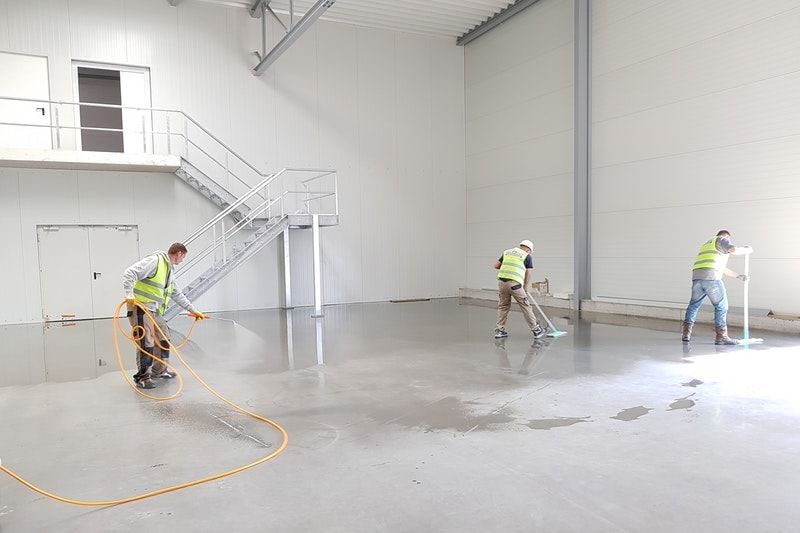
One of the most common types of flooring, often found in basements and garages. Painting concrete floors not only helps the room look more finished, but it will also help the floor to shine and become stain resistant. The cost to paint your basement floor is calculated similarly to all other floors, but will have a slightly altered price based on what is needed for this specific material.
Cost to paint a concrete floor: An average of $1.45 to $3 per square foot
Best paint type for this floor: Masonry or concrete paint
Pro Tip
Calculating the cost to paint room specific floors
While the idea of painting the floor in your basement or garage can seem intense, there is no difference when it comes to calculations. The cost to paint your basement floor and the cost to paint your garage floor is dependent on the square footage and the type of paint required, as it is with most other surfaces in your home.
2. Hardwood
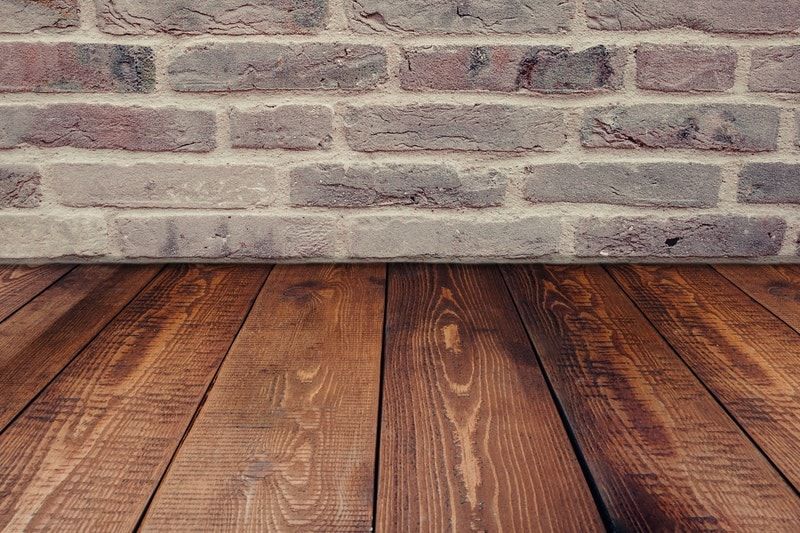
Painting hardwood floors with standard paints to give rooms an artistic flair has begun to increase in popularity. If you had wished your flooring was made of a different material, such as granite or gold, careful paint jobs will give your hardwood this look.
Cost to paint a hardwood floor: Around $2 per square foot
Best paint type for this floor: Any oil or latex-based paint (except in areas prone to moisture)
3. Laminate
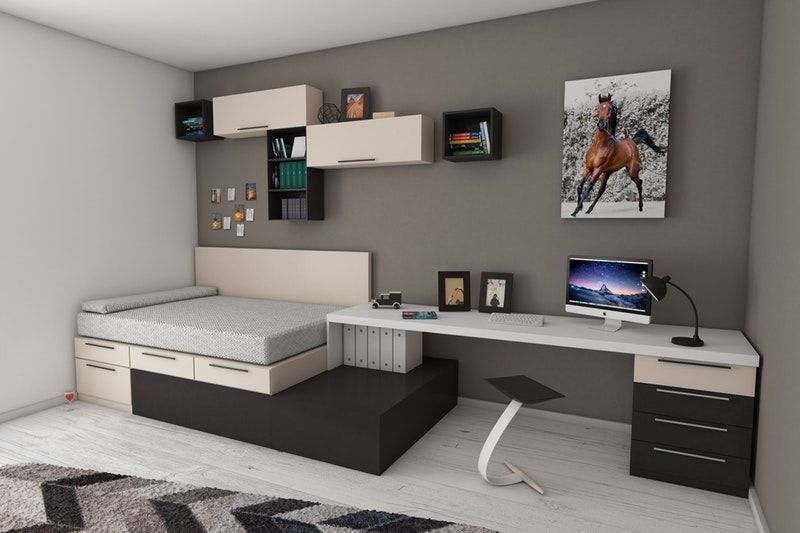
Although it can be tricky, laminate floors can be painted in order to help update the look of a room. If you choose to do so, make sure to take extra care and use the proper materials to help maintain the desired look.
Cost to paint a laminate floor: An average of $1.50 per square foot
Best paint type for this floor: Laminate floor paint
4. Tile

This option is not as common, but painting tile flooring can help improve the look of a low-traffic room. Make sure to avoid rooms that tend to have a lot of moisture, such as bathrooms and kitchens, but it is a great option for laundry and mud rooms.
Cost to paint a tile floor: Between $4 and $10 per square foot
Best paint type for this floor: Semi-gloss paint
5. Epoxy flooring costs and challenges
Epoxy flooring is a coating applied over top of cement floors that provides a variety of benefits. These include better protection, cleanliness, and increased value. However, there are a few challenges that can arise while it is being applied that will affect the quality of the coating. Here are some things to look out for when applying epoxy flooring:
- Fish eyes – Craters that form within the epoxy coating when not enough has been applied. Make sure to purchase enough epoxy to properly cover your floors.
- Sticky or soft spots – Flaws in the coating as a result of improper mixing. Make sure to properly mix the materials, or have a professional do it, so that you’ll be left with a hard, smooth floor.
- Gooey epoxy – Improper application as a result of the mixture being left in its bucket for too long. Be ready to apply your epoxy to the flooring immediately after mixing.
- Air bubbles – If the mixture is handled improperly (ie. mixed too fast, air exposure), it can result in air bubbles being left upon completion. Be cautious of the process and make sure to check for air bubbles while leveling the epoxy.
When considering epoxy flooring, it’s important to know the costs that are likely to come up. On average, you’re likely to spend between $10 and $15 per square foot. There will also be additional charges for any materials you need to purchase or if you choose to hire a professional to apply it for you.
6. 3D floor painting costs and challenges
Like epoxy flooring, 3D floor painting provides many of the same features, but allows you to get really creative with your floors. By applying epoxy finishing on top of an image, you are left with the impression that the floor has more depth than it actually does. While the final outcome is fun and exciting, there are still many challenges to be wary of. These are the challenges you’re likely to encounter when 3D floor painting:
- Overall difficulty – Painting this type of flooring is a very difficult process that requires great attention to detail. It’s highly recommended to consult with professionals.
- Moisture – If your floor is prone to moisture, this can have a negative impact on the flooring. Check the entire surface for areas most at risk before beginning.
- Cracks – The process for installing this type of flooring makes it easy for cracks to form. Make sure to sand and patch as much as possible during installation.
- Dirt – Any debris left behind can have a negative impact on the final look of the flooring. Be careful to clean before and during the process.
- Humidity – Be sure to monitor the humidity of the area during the process; otherwise, the floor will peel off.
Installing 3D epoxy flooring costs an average of $10 to $20 per square foot. The difficulty of the task and equipment needed will also play a role in how much you end up spending. You’re also likely to find that you’ll spend more if you’re wanting to install this flooring in a small area.
Pros and cons of having painted floors
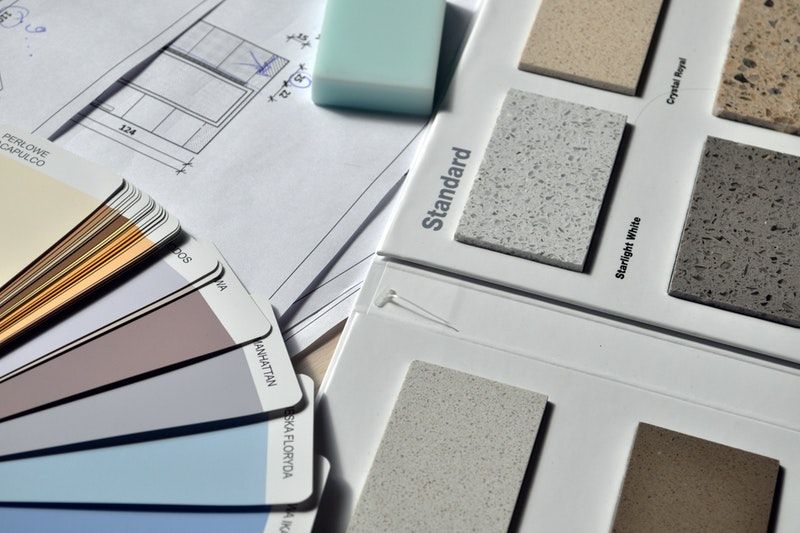
Like all painting projects, it’s best to consider the ups and downs before you grab your brush. Here are the pros and cons of having painted floors:
Pros:
- Less effort than having to replace your floors completely
- Costs less than replacing your floors
- Many different style options to choose from, allowing you to get creative
- Can use colours to make your room look bigger
- Takes less time than replacing your floors
- Modernize or change the style of your home
Cons:
- Large time investment, meaning the room will be unusable for several days
- Having to remove all furniture from the room
- No added value to your home
- Very little durability
- Shows stains easily
Should I D.I.Y. paint my floors?
Painting your floors on your own can be an exciting home project to take on. However, it’s important that you know what to expect and are fully prepared. Here are the steps for how to paint your floor:
- Pick your paint and design – If you’re wanting a complex pattern, you might want to take the professional route instead.
- Prep the floor for painting – Your floors will need to be thoroughly cleaned before you begin. If you come across any damage (ie. cracks) these will need to be fixed before moving forward.
- Paint with the right techniques – Once you begin painting, remember to apply even strokes using a roller brush to make sure you achieve a smooth, even finish.
Pro Tip
Have patience
It’s always tempting to rush and get the job done, but speeding up the process increases the chances of having a poor quality finished product. Take your time and be careful!
As with all paint jobs, there are many reasons why you would want to consider D.I.Y. painting your floors, but there also a few reasons why you might not. These are the pros and cons of painting your floors yourself:
- Costs less than hiring professional painters
- You have complete control over the project, including what paint is used and what you do with it
- You’ll end up spending more over time if the project isn’t done correctly
- Unless you have a background in painting, you might lack some skills required to do a quality job
- Having to purchase your own materials will add to your costs
Should I hire professionals to paint my floors?
If the thought of painting your floors has you stressed, hiring professional painters is a good option to consider. Although hiring professional painters will add to your floor paint cost, they have all the knowledge when it comes to selecting the right paint for your flooring and how to approach the project for the best results. Here are some benefits of hiring professionals.
- They know the best ways to paint all types of flooring
- They can recommend different paints that will be best for your flooring
- Their work will be high quality
- They will look for any damage before they begin, so you’ll be able to have it repaired
- They will be able to clean and sand the floor
- They’ll be able to complete the project faster
- They will make sure their final results are long lasting, especially since floors have a tendency to wear over time.
- They know how to stay safe, eliminating potential accidents in your home
- Having a professional paint your floors for you will result in less stress on your part
Have you made your decision?
Now that you have the facts, it’s time to decide how much you’re willing to spend on painting your floors. If you decide on the professional route, City Painters is here for you. Contact us here or give us a call to get a quote for your project!
